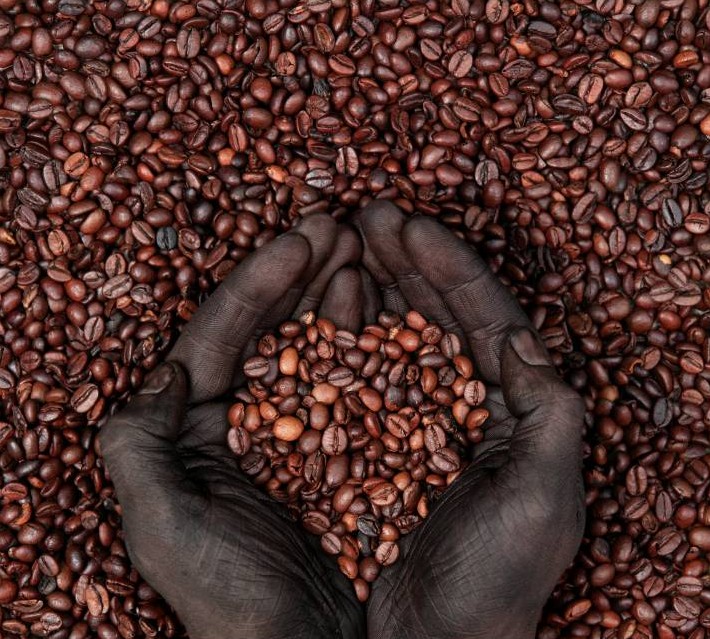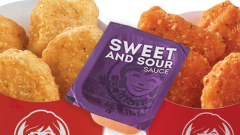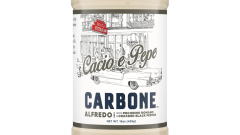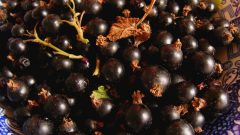9 Awesome Foods from Black Cultures You Need to Know

Yes, black cultures. The only universally shared experience of being black is the oppression associated with it. A multitude of diverse cultures thrive in spite of the obstacles thrown their way and in no place is this more evident than in their cuisines.
Here are some foods either originally cultivated by black people or that emerged from slave trades to embed themselves in these specific cultures.
Watermelon

OK, let’s get this out of the way. Although watermelon has been stitched into negative narratives about black people, the fruit is rooted in African heritage. Originating in southern Africa, watermelons became domesticated farther north on the continent when extreme desertification hit Saharan Africa. Often used as a canteen of sorts in tropical regions, watermelons have been given many uses from jam to meal made of ground seeds.
Soupikandia & Okra

Deeply embedded in southern American Creole culture is the spicy goodness that is gumbo. Many of the dish’s great qualities are attributed to French influences despite the majority of the cuisine stemming from African and Native American dishes. Gombo is the French word for okra, derived from the Luba (a Congo tribe) word ngombo. Slaves brought the vegetable to America and it acts as thickening agent in most versions of gumbo (if you’re not using okra, I have no idea why you’re calling it gumbo) and its African predecessor soupikandia.
Soupikandia has an earthier taste than the piquant gumbo and is still consumed in West African nations.
Yams (Not Sweet Potatoes)

Unless you live in West Africa, the Caribbean, Asia, or frequent grocery stores serving those communities, you’ve probably never had a yam. When African slaves were exposed to sweet potatoes on farms and plantations, they just called the similar-looking tubers yams. Naturally, this was also exploited for financial gain in the American South and is still a marketing tool (and an example of the USDA’s laziness) used to differentiate sweet potatoes.
Real yams tend to be sweeter than sweet potatoes and can’t survive in most of the US. Depending on the variety, they can achieve a dessert-like sweetness, but are more often used to make porridge and to enhance fish stews.
Coffee

The coffee plant has always grown wild in Ethiopia. Although there’s some beef between the nation and Yemen over the discovery and cultivation of coffee, most signs point to Ethiopia, while Yemen gets the distinction of the mocha birthplace. Origin myths from both countries involve animals getting over-caffeinated and people dramatically throwing beans into fires (Disney probably already has the movie rights).
Coffee cultivation began in Ethiopia around the 9th century and remains a major part of the country’s economy. It accounts for about 25 percent of the nation’s export earnings while supplying 15 million people with jobs.
Macadamia Nuts

Macadamia nuts are so special that some people lose their minds (and jobs) over simply plating them. The Bauple tree that bears the magical nut was discovered by the Kabi tribe, an Australian Aboriginal sect, around 30,000 years ago.
The macadamia nut was so treasured by the Kabi that they settled throughout the area of the rainforest where they naturally grew and traded with other tribes for high quality goods and tools.
Australian Aborigines lived largely off of bush foods until British colonizers introduced various modern cooking methods. Domestication of the macadamia nut is largely a white man’s tale, but its difficult-to-reach location and many similar, inedible sister tree nuts would make its cultivation difficult without the assistance of local Aborigines.
Sorrel

Jamaican Sorrel was actually taken over from West Africa and both regions often use the hibiscus plant to make a tea-like beverage. Often combined with ginger for an added kick, sorrel is popularly drunk throughout the Caribbean during Christmas festivals.
The rich red color of the drink, along with its easy pairing with alcohol, make it a go-to beverage for celebrating on cooler winter nights.
Roti

The farther south you travel in the West Indies, the more you start feeling like you’re in the East Indies.
Brief history lesson: when European traders and conquerors first interacted with the Indian sub-continent, they attributed races to the people currying favor toward the lighter northerners and associating the southerners (labeled Dravidians) with blackness and inferiority.
This kind of thinking made it pretty easy for the British Empire to swoop in later and stop treating Indians like people, but I digress.
Islands like Trinidad and Grenada are mostly comprised of African or Indian descendants, oftentimes a combination of the two. This, along with their close proximity to South America, results in a unique intersection of cuisines called the “roti.”
There are several types of roti, which really refers to the flatbread used to make it, but what you’ll usually get if you don’t specify is essentially a curry burrito. Chickpeas, potatoes, meat and sometimes other vegetables are wrapped in soft white flour flatbread and cooked on a tava for a subtle crispness. The flatbread itself is more pliable and flaky than most tortillas, which also makes it a popular choice for breakfast rotis.
Vatapa

I couldn’t possibly end this list without an Afro-Brazilian dish. As one of the most well-known cultural melting pots in the world, Brazil is certainly a mecca for fusion cuisine enthusiasts.
In the Bahia region of Brazil, which produces the most African-influenced dishes in the nation, this spicy, pungent peanut sauce is traditionally served with meat or fish. Its creation is very closely related to several ground nut stews and sauces popular in West and Central Africa.






















